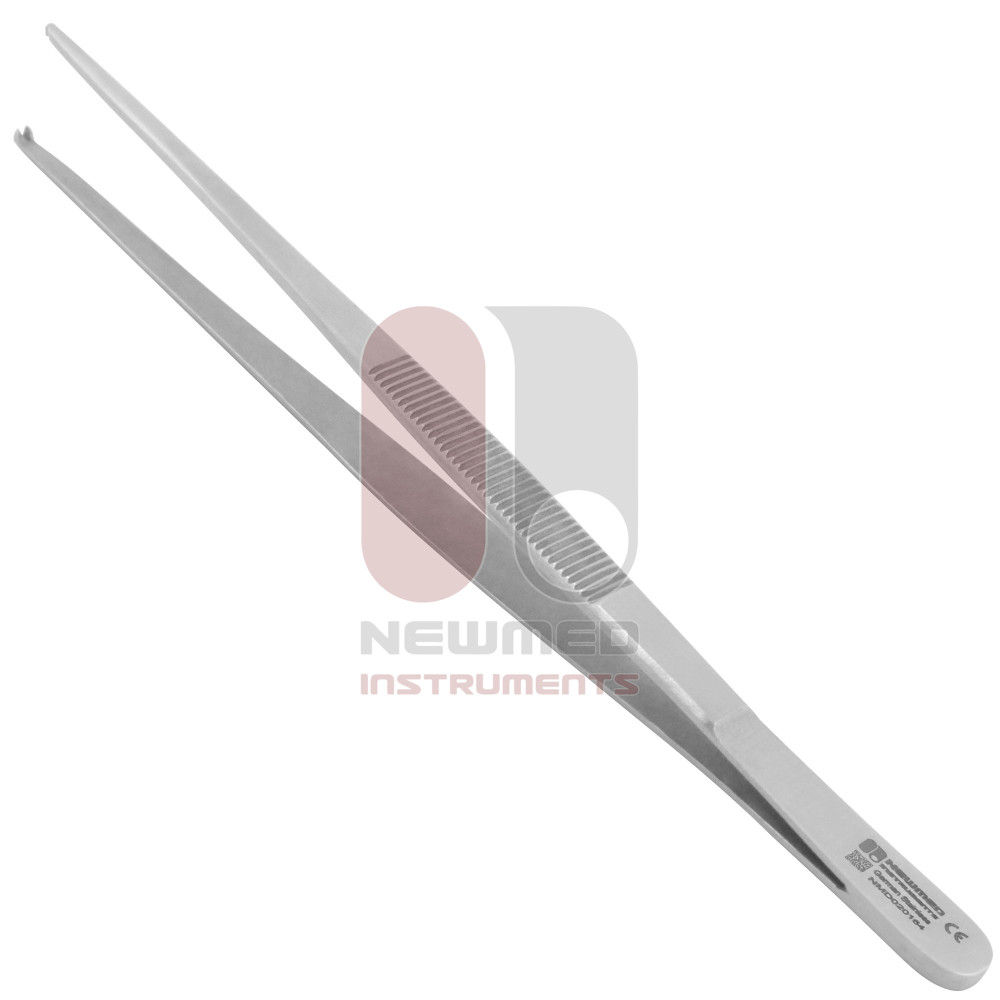Exploring the Diverse Kinds of Surgical Forceps
Wiki Article

In the precise world of surgery, the right tool is not just a preference; it is a necessity for achieving optimal patient outcomes. Surgical forceps are an extension of the surgeon's hands, designed for specific tasks that demand accuracy and control. Understanding the different kinds of surgical forceps is fundamental for any healthcare professional, from seasoned surgeons to medical students. At New Med Instruments, we are committed to providing superior quality surgical instruments that meet the exacting standards of medical professionals who demand perfection and precision. This guide explores the essential categories of these indispensable tools.
The Foundation: Thumb Forceps
Thumb forceps, often referred to as dressing forceps or pick-ups, are among the most common instruments found in any surgical tray. They are manipulated using the thumb and index finger, allowing for delicate handling of tissues and materials. These instruments are broadly categorized into non-toothed and toothed types. Non-toothed forceps, like the smooth Adson forceps, are ideal for handling delicate tissues, blood vessels, or sutures without causing trauma. Their serrated tips provide a secure grip without piercing the tissue. In contrast, toothed forceps, such as the Adson-Brown or rat-tooth forceps, feature small teeth at the tips. This design offers a firmer grasp on tougher tissues like skin or fascia, preventing slippage during complex procedures. The choice between them depends entirely on the tissue type and the specific action required by the surgeon.
Specialized for Grasping: Tissue Forceps
When a secure and sustained grip on tissue is required, specialized tissue forceps come into play. These instruments are designed to grasp, hold, and manipulate tissue with minimal damage. The Allis forceps, for instance, are known for their sharp teeth that interlock, providing a strong grip on dense and slippery tissue that is to be removed. While effective, their crushing nature means they are typically used on tissues that will be excised. On the other hand, Babcock forceps offer a more atraumatic option. Their fenestrated, rounded tips allow them to grasp delicate tissues like the intestine or fallopian tubes without causing significant compression or injury. Navigating the various kinds of surgical forceps ensures surgeons can select the instrument that best preserves tissue integrity while achieving the necessary hold.
Essential for Hemostasis: Hemostatic Forceps
Controlling bleeding is a critical aspect of any surgical procedure, and hemostatic forceps, or hemostats, are the primary tools for this purpose. These locking forceps are designed to clamp blood vessels and control blood flow. Instruments like the Kelly and Crile forceps are classics in this category. They feature transverse serrations along their jaws and a locking mechanism that allows them to remain clamped without continuous hand pressure. While similar, the key difference is that Kelly forceps have serrations that cover half the jaw length, whereas Crile forceps have serrations that run the full length, offering a more secure grip on larger vessels. Understanding these subtle differences is vital for effective hemostasis.
Tailored for Specific Procedures: Specialized Forceps
Beyond the general categories, a vast array of specialized forceps exists, each designed for a specific surgical field or procedure. For example, obstetric forceps like Simpson or Kielland forceps are used to assist in childbirth by gripping the fetal head. In ophthalmology, extremely fine forceps are required for manipulating the delicate structures of the eye. Similarly, ENT surgeons utilize unique instruments like Takahashi ethmoid forceps for nasal procedures. This incredible variety highlights the innovation within the field of surgical instrument design. Exploring these specialized kinds of surgical forceps reveals a world of tools crafted for very specific and demanding tasks, ensuring surgeons have the perfect instrument for every unique challenge they face. New Med Instruments is proud to offer a comprehensive catalog to meet these diverse needs.
The Importance of Quality and Maintenance
The performance of any surgical instrument is directly tied to its quality of manufacturing and proper maintenance. High-grade stainless steel, precise engineering, and ergonomic design are hallmarks of a superior instrument. At New Med Instruments, we provide medical clamping scissors that surgeons, students, and healthcare professionals can trust for perfect and precise results. Proper care, including cleaning, sterilization, and regular inspection, is crucial to maintaining the integrity and function of all kinds of surgical forceps. A well-maintained instrument not only performs reliably but also contributes to patient safety by reducing the risk of infection or instrument failure during a procedure.
Conclusion: A Commitment to Excellence
The extensive array of kinds of surgical forceps reflects the complexity and diversity of modern surgery. From basic thumb forceps to highly specialized instruments, each one plays a critical role in ensuring procedural success and patient safety. For healthcare professionals who value perfect and precise results, having access to high-quality, reliable instruments is non-negotiable. New Med Instruments shares this commitment to excellence, providing superior surgical instruments and dedicated service to medical professionals worldwide. By understanding the function and application of each tool, you equip yourself to perform at the highest level.
Report this wiki page